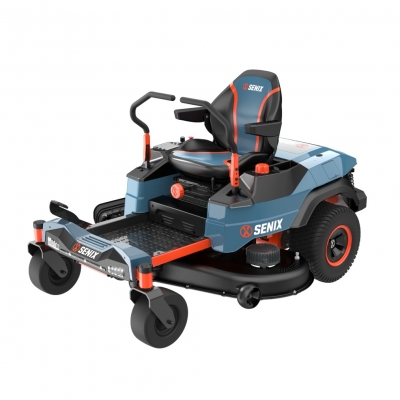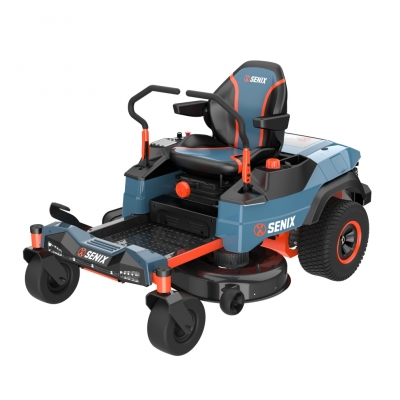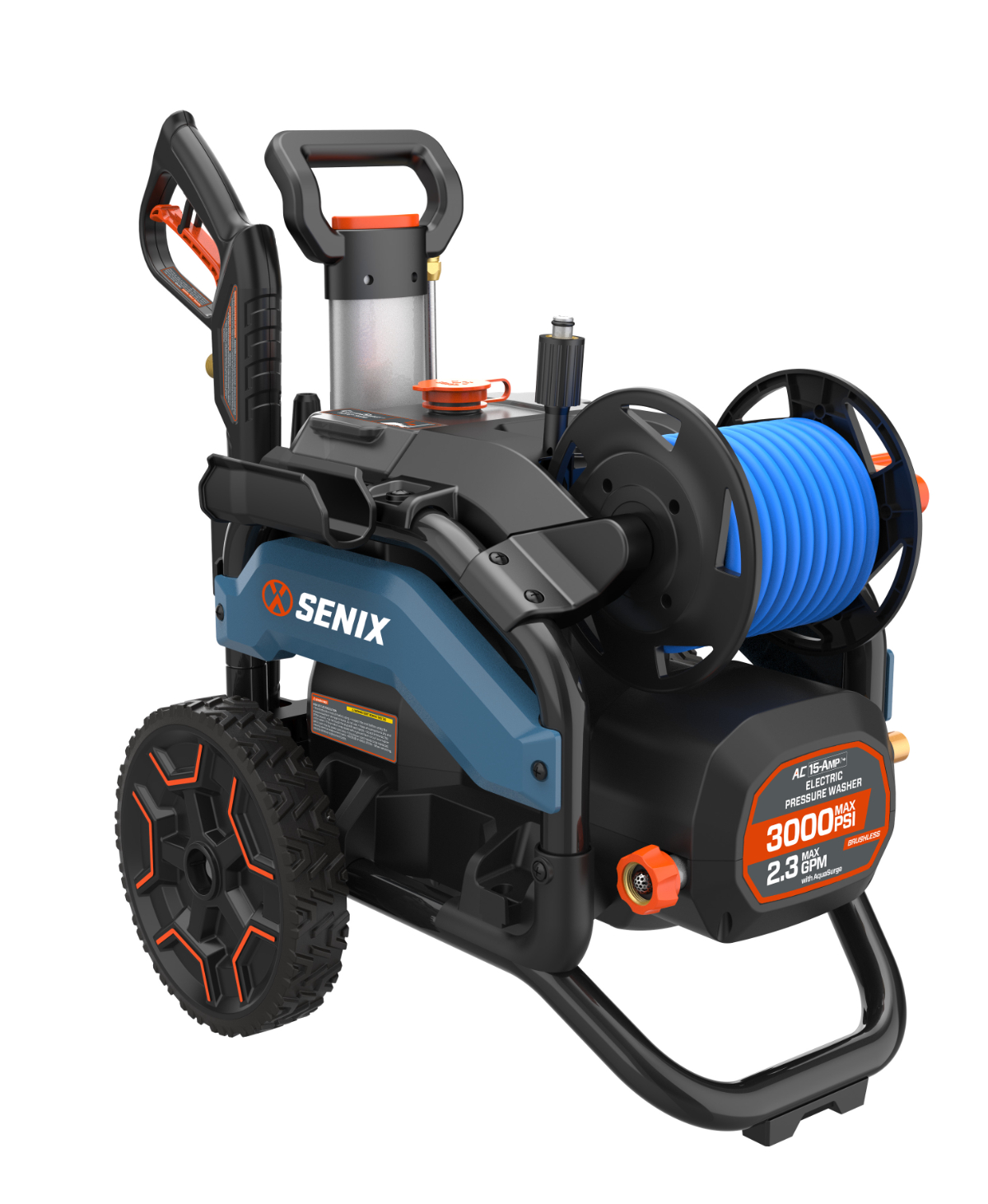What Can You Clean With a 3000 PSI Pressure Washer? Quick Reference Guide
3000 PSI (pounds per square inch) pressure washers have a strong cleaning power. It has a high-pressure water flow (about 207 bar) and a flow rate of up to 2.5-3.0 GPM (9.5-11 liters per minute), which is between a standard home washer and an industrial-grade device. So, in daily use, what can you clean with a 3000psi pressure washer? Let's have a look.
Outdoor Surfaces
A 3000 PSI pressure washer unleashes a concentrated blast of water powerful enough to strip away years of baked-in grime, clinging mold, oil stains, algae, and even chewing gum from stubborn surfaces like concrete, brick, and metal. However, to be safe, always remember to start with the widest spray pattern (typically the 40° white nozzle) to minimize surface damage, then gradually shift to narrower tips only if the debris demands it.
Surface | Cleaning Tasks | Tips |
Concrete Driveways | Oil stains, tire marks, algae, mildew | Use 15°–25° nozzle; pre-treat with degreaser. |
Brick/Stone Paths | Moss, lichen, dirt in crevices | Avoid 0° nozzle on old mortar. |
Wooden Decks | Old paint, varnish, weathered layers | Sand and reseal after cleaning. |
Garage Floors | Oil spills, rust, embedded debris | Use a surface cleaner attachment for even results. |
Pro Tip: For concrete, work in sections and overlap strokes to avoid streaks. Rinse thoroughly to prevent detergent residue.
Vehicles & Equipment
A 3000 PSI pressure washer is ideal for blasting away thick, caked-on grease and grime from heavy-duty machinery, farm equipment, and off-road vehicles. But with great power comes great caution—always maintain a safe distance (typically 12–24 inches) to avoid stripping paint, denting panels, or damaging sensitive components like seals, wiring, or decals.
Item | Cleaning Tasks | Tips |
Cars/Trucks/RVs | Road salt, mud, brake dust | Stay 12–18 inches from paint; use 40° nozzle. |
Boats & Trailers | Barnacles, algae, salt residue | Avoid direct spray on fiberglass hulls. |
Farm Machinery | Grease, dirt, tar | Use hot water setting (if available) for sticky residues. |
Pro Tip: For vehicles, never aim at seams or seals—water can penetrate and cause rust.
Building Exteriors
With the right attachments and technique, a 3000 PSI pressure washer safely cleans siding, roofs, and gutters—all from the ground—eliminating the need for risky ladder climbs. However, never spray water upward beneath siding or shingles, as this can force moisture behind barriers and lead to mold, rot, or interior damage.
Area | Cleaning Tasks | Tips |
Vinyl Siding | Mold, pollen, bird droppings | Spray top-to-bottom to prevent water seepage. |
Roof Shingles | Algae, black streaks | Use low-pressure attachment; avoid dislodging granules. |
Gutters | Leaves, sludge, debris | Use a gutter-cleaning extension kit. |
Pro Tip: Clean gutters in late fall and spring to prevent clogs and ice dams.
Specialty Cleaning Jobs
A 3000 PSI pressure washer is versatile enough for specialized tasks like blasting away graffiti, stripping old paint, or prepping concrete and wood surfaces for sealing or repairs. But always test on a small, hidden area first to avoid unintentional etching, discoloration, or surface damage.
Task | Details | Notes |
Graffiti Removal | Spray paint on walls, fences, metal | Test on small area first; porous surfaces may retain stains. |
Pool Decks | Mildew, dirt on concrete or tile | Avoid blasting pool water directly. |
Prep for Painting | Strip loose paint, rust from metal gates/sheds | Ensures better adhesion for new paint. |
Pro Tip: For graffiti, combine pressure washing with a citrus-based solvent for faster results.
Safety Precautions
In general, 3000psi pressure washers are still quite destructive for daily use and need to be used with caution. Therefore, please pay attention to the following safety tips:
Before You Start:
Gear Up: Always wear safety goggles, heavy-duty gloves, and closed-toe shoes to protect against flying debris and water spray.
Maintain Safe Distance: Keep the nozzle 2–3 feet from surfaces and never point it at people, pets, or yourself.
Know What to Avoid: Do not use on fragile materials like asphalt shingles, untreated softwood, or cracked concrete—high pressure can worsen damage.
Always Test First: Spray a small, hidden section to check for unwanted etching, peeling, or discoloration.
After Cleaning:
Power Down Safely: Turn off the washer and squeeze the trigger to release residual pressure before swapping nozzles or disconnecting parts.
Proper Storage: Coil hoses loosely and store them out of direct sunlight to avoid drying, cracking, or kinking. Keep nozzles clean and organized for next use.
WHEN NOT to Use a 3000 PSI Washer
Delicate Surfaces: Car paint, window panes, wooden outdoor furniture, and anything with a finish you care about can be scratched, cracked, or stripped in seconds.
Never for Living Beings: It might sound obvious, but never use a pressure washer on pets or people—3000 PSI can cause serious injury.
Low-Pressure Tasks: For fragile items like patio umbrellas, garden tools, or lightweight plastic décor, a garden hose or 1000–1500 PSI unit is much safer and more appropriate.
Reminder: Too much pressure can permanently etch concrete or strip paint. When in doubt, go low and slow!
Final Takeaway
A 3000 PSI pressure washer is a beast for heavy-duty tasks but demands respect. Pair it with the right technique, and you’ll tackle jobs that would take hours by hand in minutes. Stay safe, and let the pressure do the work!

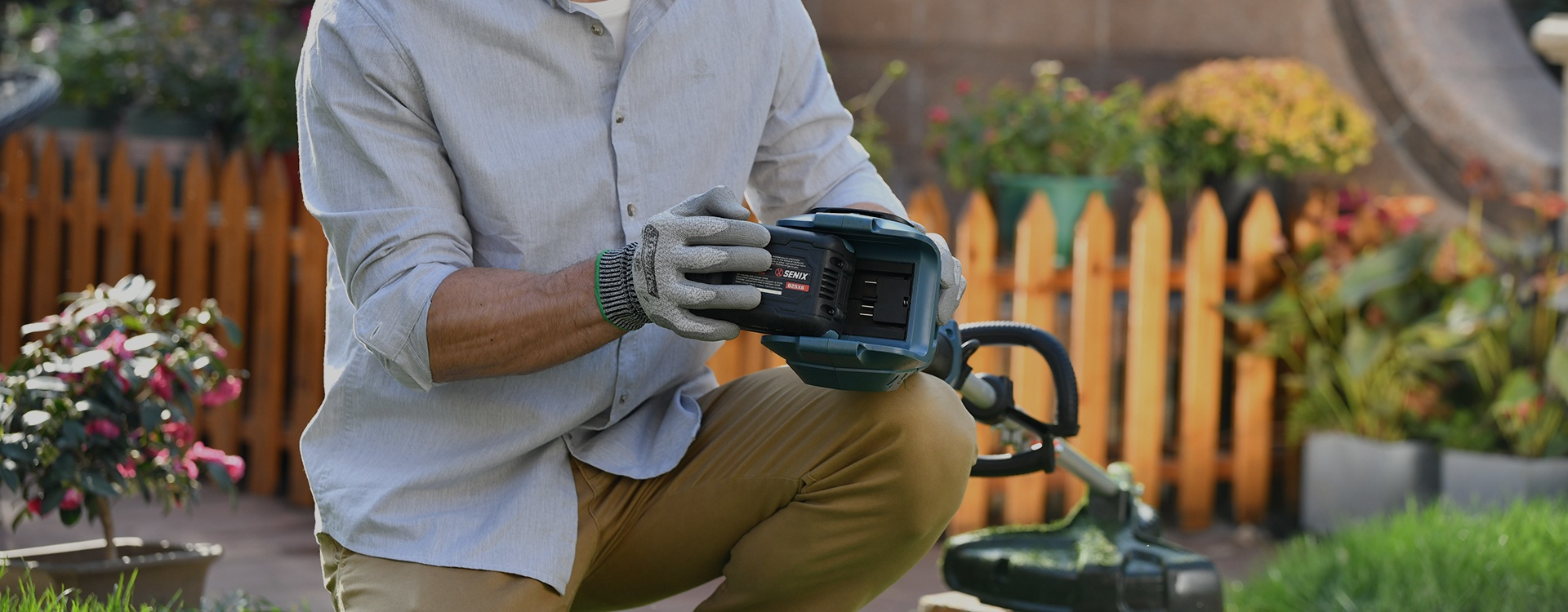
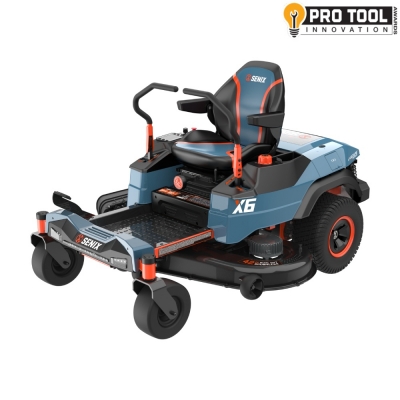
 (5.0)
(5.0)